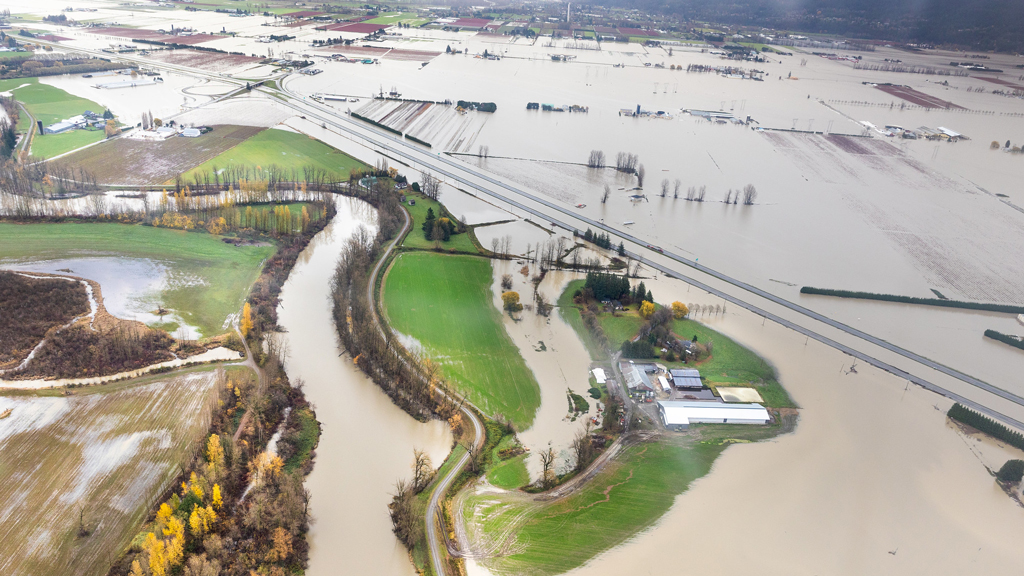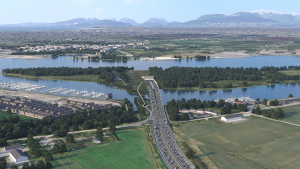VANCOUVER – The Province of British Columbia is introducing a new B.C. Flood Strategy with local flood defense projects.
B.C. is investing approximately $39 million for more than 50 local disaster-risk reduction and climate-adaptation projects through the Community Emergency Preparedness Fund (CEPF), a release said.
“The climate crisis is here and we need communities to adapt and strengthen their defences against flooding and other extreme-weather events. We are working with local governments and First Nations to reduce disaster risk and better prepare people and communities for the impacts of climate change,” said B.C. Minister of Emergency Management and Climate Readiness Bowinn Ma in a statement.
The funding will be used by local governments and First Nations to make changes such as small-scale structural flood projects and improvements to community flood-mitigation strategies, including more accurate flood mapping, the release said.
Projects funded across B.C. through the CEPF include:
- A dike rehabilitation project, including temporary emergency flood-protection equipment in low-lying areas and a nature-based flood-protection in Richmond;
- mitigating damage to salmon-spawning grounds through decommissioning and repairs to the Holland Creek weirs in Ladysmith;
- reinforcement and repairs to the East and West Munday Creek slopes damaged during the 2021 atmospheric river to protect people and nearby homes, as well as slope stabilization and creek floodplain mapping in Langley Township;
- reinforcing a drainage-pump system and raising and widening the Latimer Creek dike in the Serpentine River in Surrey to safeguard important transportation corridors and agricultural lands, and provide protection against a flood that has a chance of happening once in 200 years;
- the Carnegie and Kensington community centres in Vancouver will be upgraded to operate as safe centres for vulnerable people during extreme weather, including heat, and poor air-quality events, while existing mechanical equipment will be replaced with heat-pump systems that provide cooling capabilities, increased air filtration to improve indoor air quality and use less energy to reduce greenhouse gas emissions; and
- increasing the knowledge and capacity of riparian, or the area between land and water, and watershed health, and restoring two sites to kickstart a larger watershed restoration project, significantly reducing the loss of land and sediment, which impacts downstream communities and water systems, and improves conditions during flood and drought events in the Regional District of Kootenay Boundary.
Other categories of the CEPF include public notification and evacuation-route planning, Indigenous cultural safety and cultural humility training, and emergency-support services equipment and training. The CEPF is administered by the Union of BC Municipalities on behalf of the province.











Recent Comments
comments for this post are closed